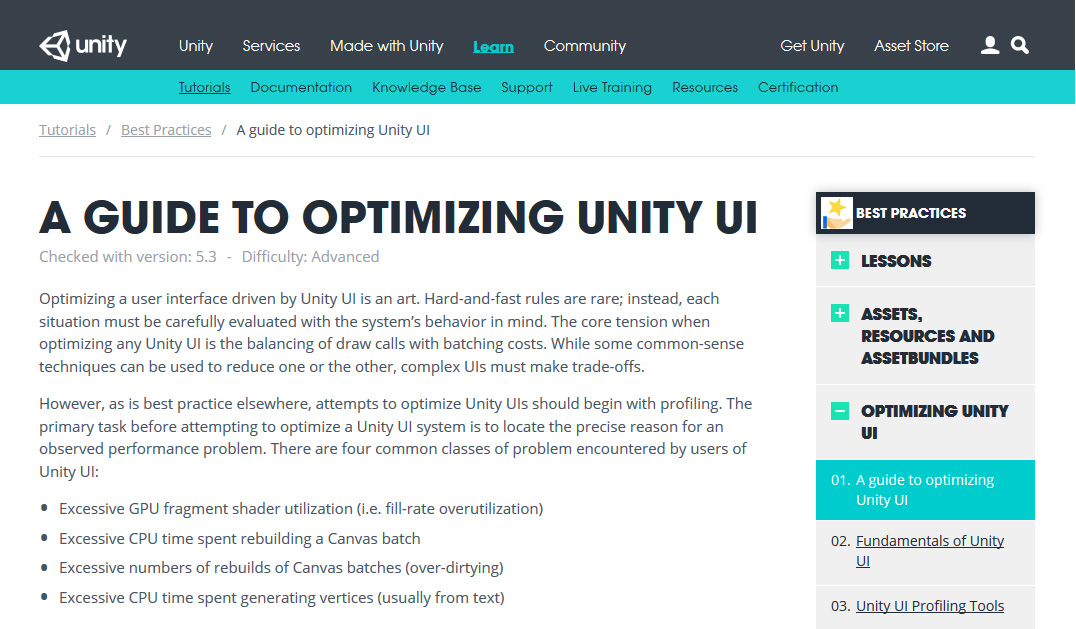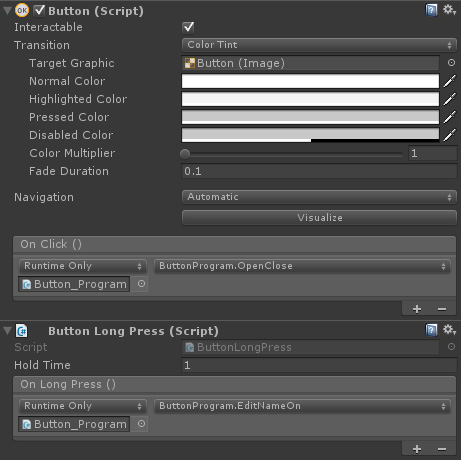WOTT’s routine descriptions are a mix of standard rich text tags for styling, TextMesh Pro <link> tags for links, and my own <img> tags for images.
When I show the description, I parse it, separating the images from the text, and then create blocks of text, images and buttons (for images with links). I also complicate things by adding a <color> tag to links so they stand out.
The first version of the editor, which I knew was terrible, was just a big input box, which opened the full description. It allowed simple descriptions to be written, but relied on the user understanding tags for any styling. Because you can’t select in an input box, the only way I could add styling, links or images was to just add them to the end of the string, and let the user move them if they wanted.


